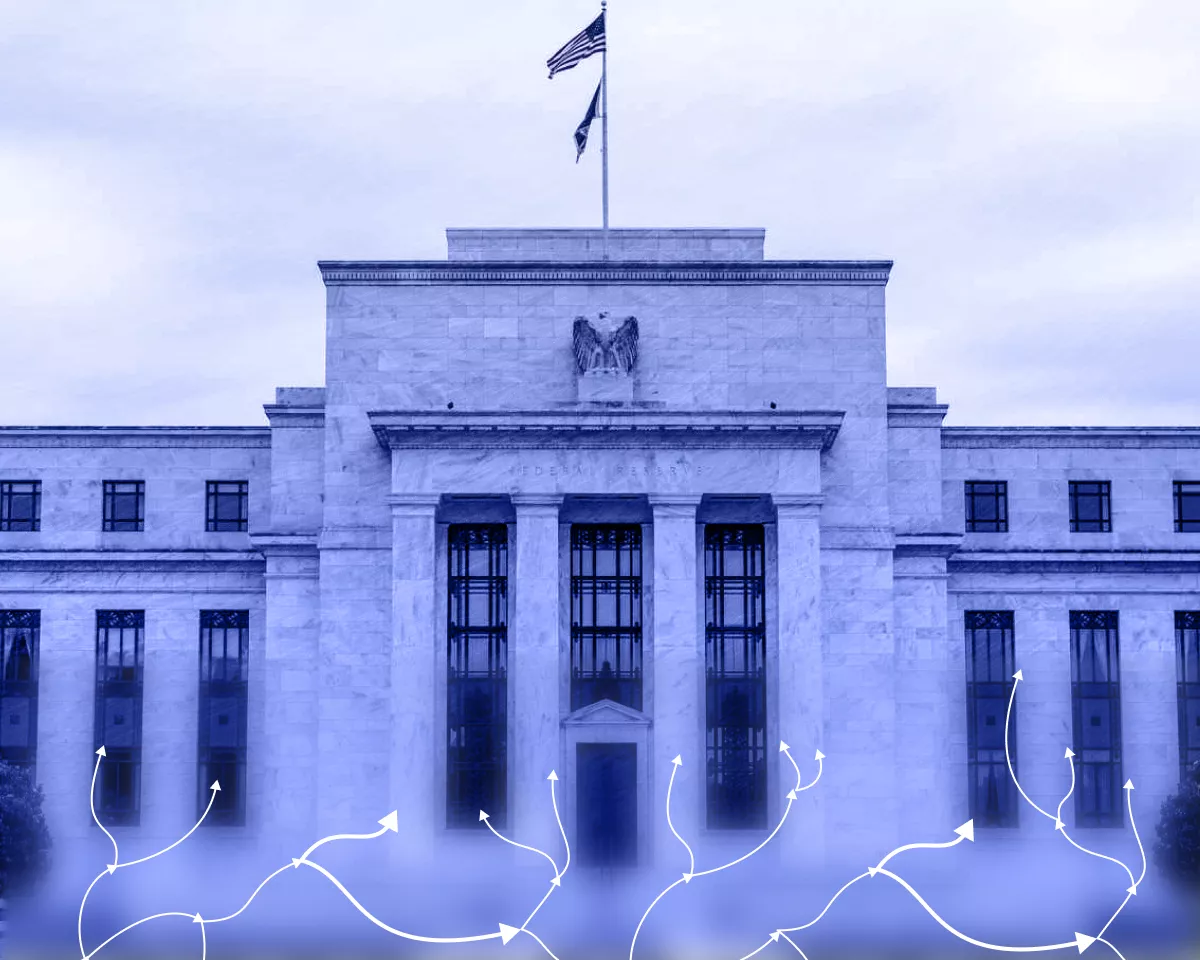In a surprising turn of events, the Pound Sterling has experienced a noticeable uplift in the Forex market. This jolt comes directly after the release of unexpectedly high UK inflation data, injecting a fresh wave of volatility and opportunity into currency trading. Are you ready to dive into the details of how UK inflation is currently shaping the Pound’s trajectory and what it means for your trades? UK Inflation Data Sparks Pound Sterling Gains The Pound Sterling is currently enjoying renewed interest from investors, spurred by the latest UK inflation report for January. The data revealed a hotter-than-anticipated rise in consumer prices, exceeding forecasts and shaking up market expectations. Let’s break down the key figures: Headline CPI Soars: The headline Consumer Price Index (CPI) jumped to 3% year-on-year, surpassing both the anticipated 2.8% and the previous month’s 2.5%. This unexpected surge signals stronger inflationary pressures within the UK economy. Core CPI Meets Expectations: The core CPI, which excludes volatile items like food and energy, aligned with expectations at 3.7% year-on-year, slightly up from the previous 3.2%. While expected, this figure still points to persistent underlying inflation. Month-on-Month Deflation Slows: Monthly headline CPI deflation was a slower 0.1% compared to the 0.3% in December, and against economists’ expectations of 0.3% deflation. This suggests that the cooling of inflation is not happening as rapidly as anticipated. Services Sector Inflation Accelerates: A critical metric for the Bank of England (BoE), inflation in the services sector, climbed to 5% from 4.4% in December. This acceleration is particularly concerning for the BoE as it reflects domestically generated price pressures. This hotter-than-expected inflation data has led to immediate reactions in the Forex market , with the Pound Sterling gaining ground against several major currencies. The table below illustrates the Pound’s performance against its peers: Currency USD EUR GBP JPY CAD AUD NZD CHF USD 0.07% -0.08% -0.23% 0.03% -0.13% -0.45% 0.16% EUR -0.07% -0.15% -0.29% -0.04% -0.20% -0.50% 0.09% GBP 0.08% 0.15% -0.15% 0.12% -0.05% -0.35% 0.24% JPY 0.23% 0.29% 0.15% 0.24% 0.07% -0.25% 0.36% CAD -0.03% 0.04% -0.12% -0.24% -0.17% -0.47% 0.12% AUD 0.13% 0.20% 0.05% -0.07% 0.17% -0.30% 0.29% NZD 0.45% 0.50% 0.35% 0.25% 0.47% 0.30% 0.60% CHF -0.16% -0.09% -0.24% -0.36% -0.12% -0.29% -0.60% Table: British Pound (GBP) percentage change against major currencies. BoE’s Stance Amidst Rising UK Inflation Despite the concerning inflation figures, the Bank of England (BoE) maintains a somewhat dovish outlook. BoE Governor Andrew Bailey has previously indicated that while inflation might see a temporary increase due to energy price fluctuations, he believes this uptick will not be persistent. He continues to foresee a “gradual disinflation going on” and emphasizes the “sluggish state” of the UK economy as a factor that will naturally counteract inflationary pressures. However, the recent inflation data could present a challenge to the BoE’s forward guidance. Key considerations for traders and investors include: Limited Monetary Easing: The rise in UK inflation might restrict the BoE’s capacity for further monetary easing. Markets will be keenly watching for any shift in the BoE’s rhetoric. Data Dependency: Future monetary policy decisions will heavily rely on upcoming economic data. Keep an eye on the UK Retail Sales for January and the preliminary S&P Global/CIPS Purchasing Managers Index (PMI) for February, due Friday. Global Economic Factors: External factors, such as potential tariff implementations by the US, could also influence the UK’s economic outlook and, consequently, the BoE’s policy decisions. GBP/USD Technical Outlook: Holding Key Levels From a technical analysis perspective, the GBP/USD pair is navigating crucial levels. Currently trading above 1.2600, the pair is testing resistance around the 1.2620 mark, coinciding with the 38.2% Fibonacci retracement and the 100-day Exponential Moving Average (EMA). Key technical points to watch: Support: The February 3 low of 1.2250 remains a significant support level. Resistance: The 50% Fibonacci retracement at 1.2767 presents a key resistance zone on the upside. RSI Momentum: The 14-day Relative Strength Index (RSI) is above 60.00, suggesting building bullish momentum. Sustaining above this level could signal further upward potential for the GBP/USD. Trump’s Tariff Threats: A Wildcard in the Forex Market Adding another layer of complexity to the Forex market landscape are renewed tariff threats from former US President Donald Trump. His recent statements about imposing a 25% tariff on automobiles, semiconductors, and pharmaceuticals have reintroduced trade war anxieties. This development could have several implications: USD Strength: Historically, tariff threats have sometimes led to a strengthening of the US Dollar as investors seek safe-haven assets. Global Economic Slowdown: Widespread tariffs could trigger a slowdown in global trade and economic growth, impacting various currencies, including the Pound Sterling. Market Volatility: Such geopolitical uncertainties tend to increase volatility across financial markets, presenting both risks and opportunities for traders. Navigating the Pound Sterling and UK Inflation Landscape The latest UK inflation data has undeniably injected a dose of excitement into the Pound Sterling and the broader Forex market . While the immediate reaction has been positive for the Pound, the sustainability of these gains hinges on a multitude of factors, including the BoE’s future policy moves, upcoming economic data, and global economic developments. For traders, staying informed, adapting to evolving market conditions, and employing robust risk management strategies will be paramount in navigating this dynamic environment. To learn more about the latest Forex market trends, explore our article on key developments shaping currency valuations.


















